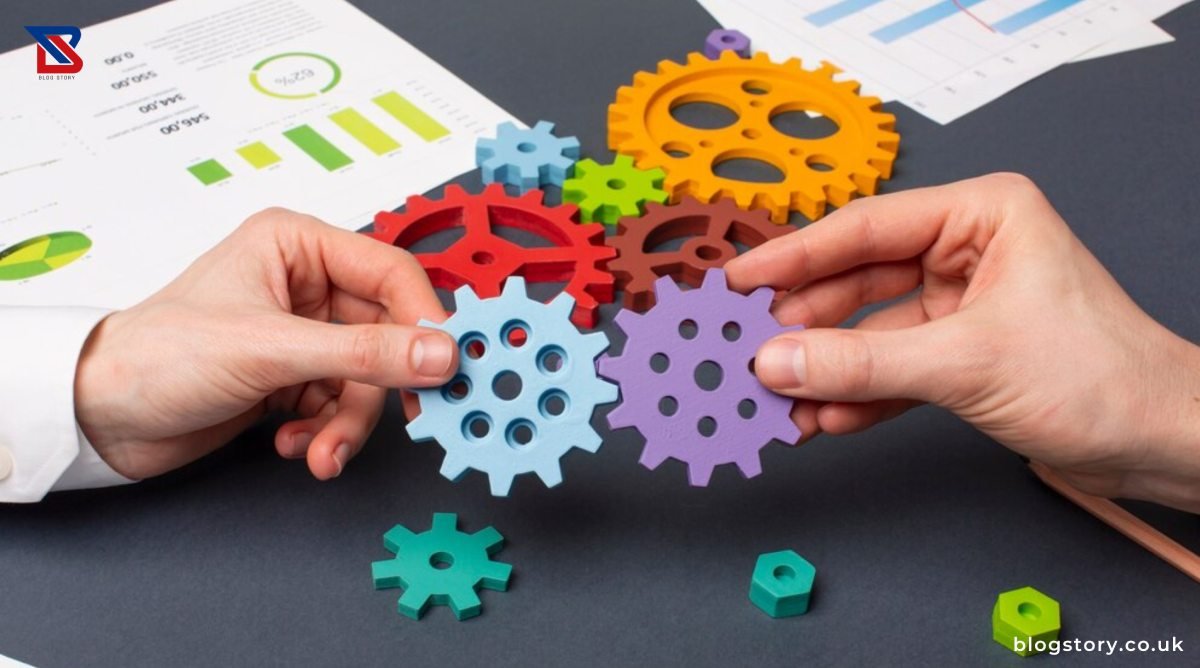
Project Control and Flexibility | Choosing The Right Engagement Model
Many businesses plan to launch a new project and find suitable specialists for it. But few remember sticking to the right engagement model that will facilitate cooperation between the key members.
The IT engagement model will depend on the project requirements, the nature, and the preferences of the business. From all the existing models, it’s important to define one that will meet all the needs of a company.
What engagement models exist today in the tech industry, and how can they help to lead the project to success?
A project engagement model is an approach that defines future cooperation between a client and an IT service provider.
Whether you choose between an outstaffing vs. outsourcing model, time & material model, or Agile, you’ll need to define one that will clearly determine various areas in your project.
Not only does the model provide key conditions and terms of the project, but also helps to structure the relationship between stakeholders.
It also sets the deadlines when the project will be executed and delivered. Whatever project engagement model you choose, there are a couple of characteristics that unite most of them:
- Project timeline. It helps to define all deadlines and set milestones for the project completion.
- Scope of the project. It structures the project according to tasks and deliverables.
- Resources. It focuses on resources needed for allocation, both technological and human.
- Budget. It establishes the overall budget for the project and also all costs related to its organization.
- Risks. It outlines possible risks and proactive solutions.
- Quality control. It defines methods and approaches in measuring the quality of the final result.
At first glance, the characteristics seem general, but choosing one of the engagement models allows having structure in the project and avoiding chaos in activities. So, what are the most popular models?
Outstaffing Project Engagement Model
The outstaffing model is used when a client turns to an external company for hiring remote workers. In comparison to outsourcing, a client manages the hired specialists, controlling their deliverables and setting up goals.
In such a model, professionals work as if they were in-house team members, providing their services.
In this model, the clients usually opt for remote international specialists, gaining access to global talent pools. They have full control and provide flexibility in the working process.
Fixed Price Model
This is one of the traditional engagement models that supposes contractual agreements and the definition of costs in advance.
Before a project even begins, the model clearly defines all tasks, scope, and deliverables, which can be rarely changed. Any changes typically require formal requests that influence timelines and costs, hence, they are rare.
This model includes all possible risk scenarios to proactively eliminate any potential losses.
Outcome-Based Model
Widely used in the tech industry and marketing, this model steps away from the traditional approach, focusing on performance and results. It intends to align client’s strategies with the interests of specialists who offer services.
As the name suggests, it’s outcome-based, meaning that it supposes various KPI measurements and metrics to assess milestones. It allows flexibility in execution and requires payment only after some defined results.
This level of interaction between a client and a specialist often leads to long-term cooperation.
Time and Materials (T&M) Model
The main feature of this model is that its scope and timelines are defined “on the go” as the project progresses. As a result, it gives space to flexibility in requirements and negotiations.
It allows changes during the project and supposes adaptation of any amendments. Due to these fluctuations, the model defines hourly or daily compensation for the work accomplished. Such a model is suitable for short projects with no defined strategy or scope.
Hybrid Model
This model combines some, usually a T&M model and a fixed price model. Different types of models can be applied at different stages of the project.
For example, while defining the requirements, a company can stick to traditional approaches, to definite timelines and prices. At the same time, the phase of development can be more flexible, result-oriented, or adaptable as it progresses.
How To Choose The Right Model?
The choice of the model directly depends on your vision, strategy, your project, and requirements. Start with defining the scope, the responsibilities, and tasks.
As soon as you assess the complexity of the project and suggest the timelines, you’ll know which model will work best for you.
Think whether you allow any flexibility or your project requires rather a traditional approach, and this will facilitate your further strategy.
Once you choose the model, it allows you to structure your project. With all the risk assessment and definition of quality control, you’ll be better prepared for any changes during the project and any deviations that may arrive.
The engagement model will help you tackle any challenges and show you how to deal with various situations. In the long run, once you focus on details and structure your workload, expect to meet successful outcomes.
Final Thoughts
Selecting an appropriate engagement model contributes to the overall success and accomplishment of the project. A chosen model facilitates the progress of the project in such areas as risks, costs, flexibility, scope, resources, and outcomes.
A right model that corresponds to a company’s strategy and goals contributes to managing progress, establishing costs, and mitigating risks. With a predefined structure, the project will go quickly through development cycles, aligning with business needs.
You May Like Also:












